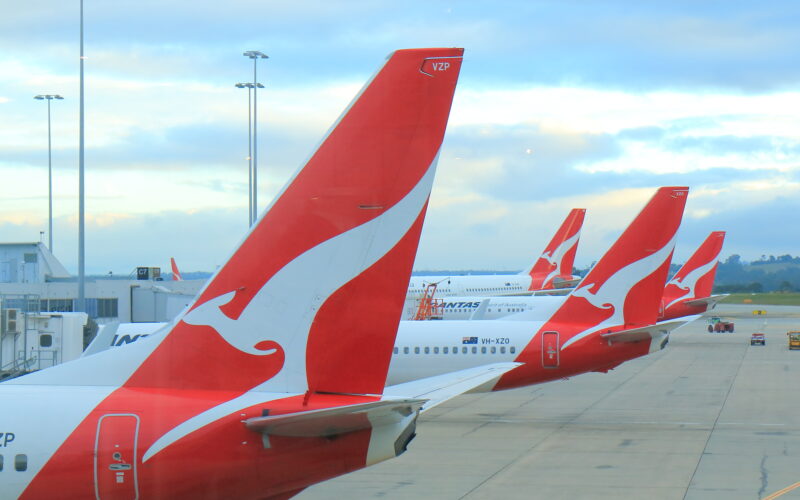After three years of consecutive losses totaling AUD7 billion ($4.7 billion), Qantas has announced that it is profitable once again.
Overall, in H1 FY23, which ended on December 31, 2022, Qantas’ net profit before tax was AUD1.4 billion ($955.8 million). The statutory profit was AUD1 billion ($682.7 million), with revenue growing from AUD3.07 billion ($2.09 billion) to AUD9.9 billion ($6.7 billion) between H1 FY22 and H1 FY23.
“This is the recovery our people, our shareholders – and in many respects, our customers – have been waiting for. Because this result isn’t just about a single number,” stated Alan Joyce, the Chief Executive Officer (CEO) of the Qantas Group. Joyce noted that the profitable result was about “getting back to our best by reinvesting in the national carrier”.
Joyce stated that travel demand has remained “very robust”. Even if rising interest rates and inflation is expected to affect consumers, “we’re yet to see any signs of that in our bookings,” he continued. “In fact, the research shows travel is one area that people want to prioritize over the next 12 months.”
Furthermore, higher yields have helped the airline achieve a very favorable result by the end of the six-month period.
Still, despite Qantas getting AUD1 billion ($682.9 million) in restructuring benefits, costs have been rising. “We’re keeping more spare aircraft in reserve and rostering more crew to give our operations extra buffer,” Joyce commented, noting that the disruption will cost the carrier AUD200 million ($136.5 million) “this financial year and it will steadily unwind as things continue to stabilize.”
Rising airfares in Australia
The average cost of an air ticket is up by 20% in Australia compared to 2021, which, according to Joyce, is a result of rising fuel prices (65% increase) and the imbalance between supply and demand of capacity.
“Airlines are struggling to keep up with a tremendous level of passenger demand as we get back up to speed – and that has pushed prices up, especially in the peaks and for last minute travel,” Joyce said.
However, the executive pointed out that fares will keep going down once airlines add more capacity to the market depending on the “supply chain for aircraft, labour availability and training pipelines”.
“For Qantas, we started adding more flying back in January and have another step up in March,” Joyce indicated, providing the example that Qantas’ domestic arm has more than 2 million fares at under AUD200 ($136.6), while Jetstar Airways will offer more than 10 million seats under AUD100 ($68.3) in 2023.

